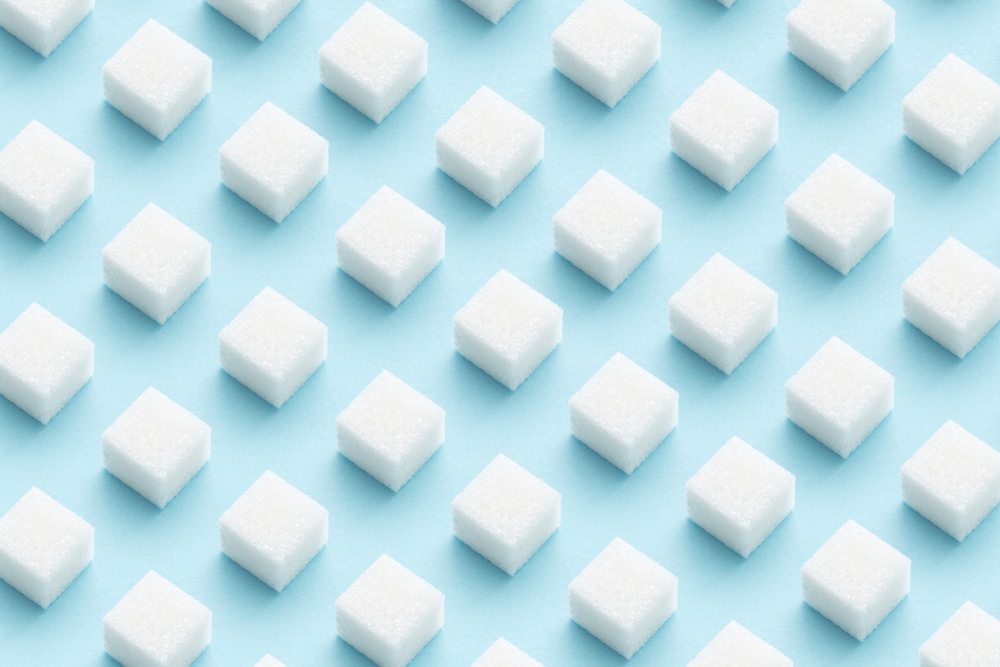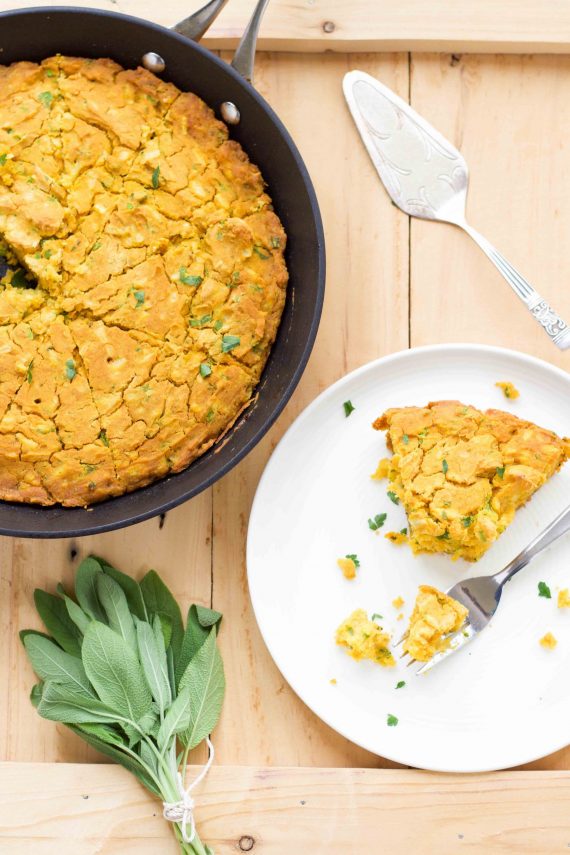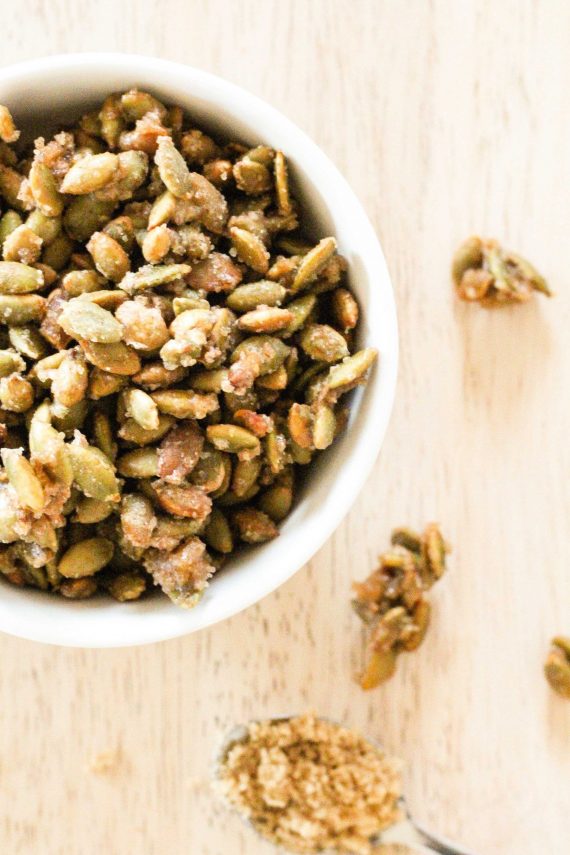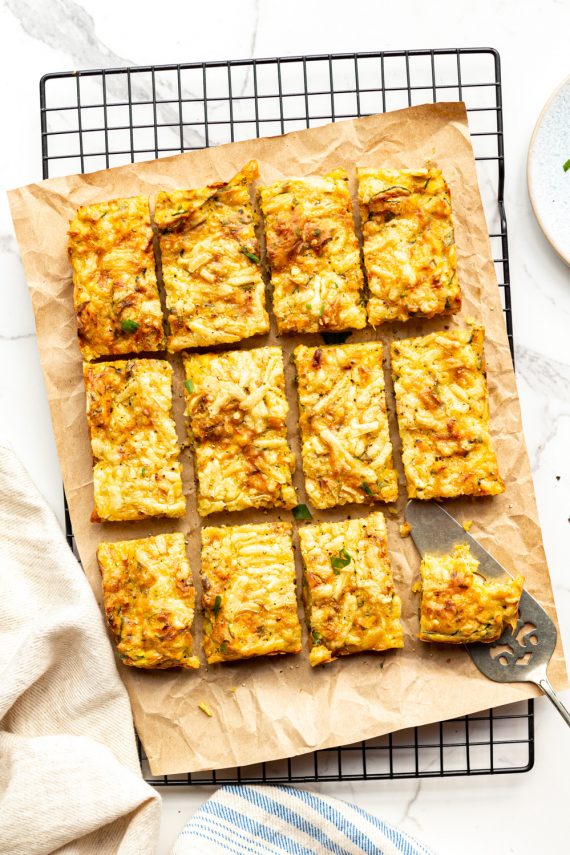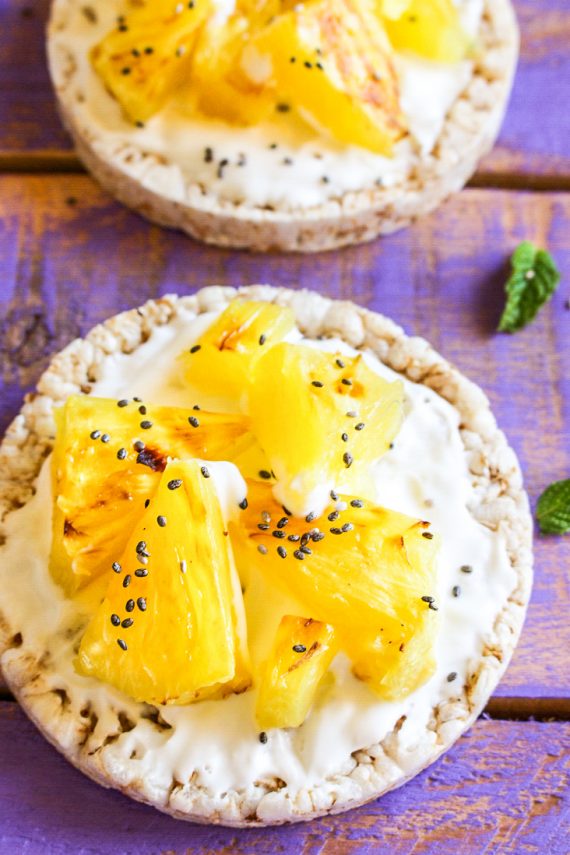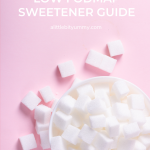If you are anything like me then you will enjoy indulging in a treat now and then! However, navigating what sugars and sweeteners are low FODMAP can be a challenge. This ultimate guide to low FODMAP sugars, syrups and sweeteners will make selecting a suitable sweetening agent easy.
Before we get started it’s important to understand that only excess fructose is malabsorbed. This means sugars and sweeteners that contain equal amounts of glucose and fructose are generally well tolerated on the low FODMAP diet. Also remember that any sugar or sweetener should be consumed in moderation. So limit yourself to one piece of baking at a time!
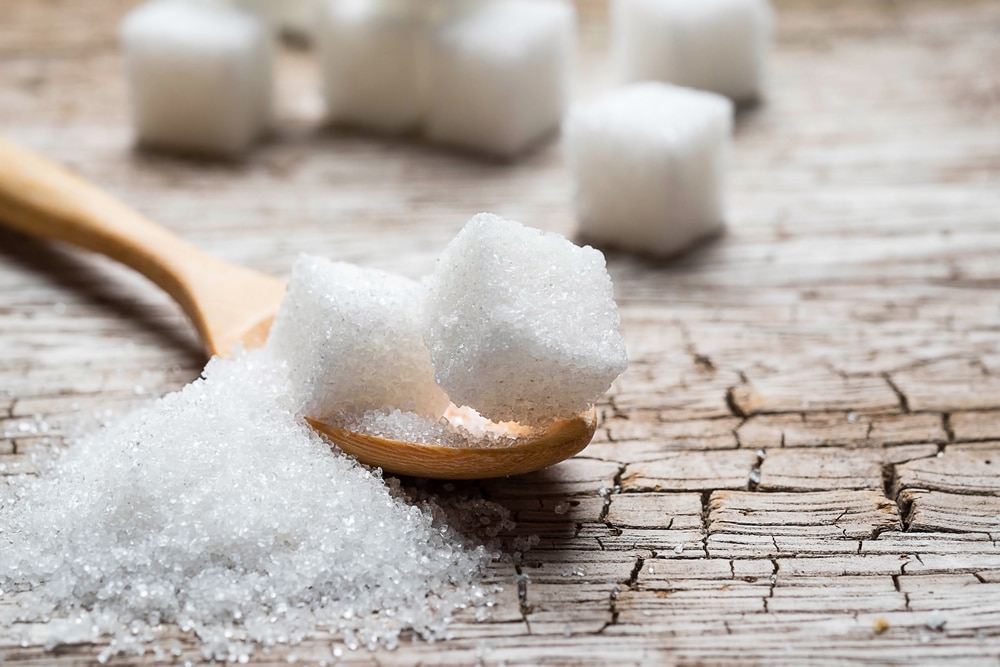
Sugars
Beet Sugar (Low FODMAP)
Beet sugar consists of 99.5% sucrose and is considered low FODMAP (1). This sugar comes from sugar beet plants and it is one of the most common sources of table sugar (the other most common source is from the sugar cane) (1). This sugar consists of equal parts of glucose and fructose. As beet sugar is a form of white sugar the suggested low FODMAP serving size according to Monash University is ¼ cup (2).
Brown Sugar (Low FODMAP)
Brown sugar is made by adding molasses to refined white sugar, or by leaving the molasses intact when refining sugar crystals. This means brown sugar is crystalline sucrose combined with small amounts of molasses, which is what gives the sugar its brown colour (3). According to Monash University research ¼ cup of brown sugar is considered low FODMAP (2). Brown sugar provides a lovely rich and slightly caramel flavour to baking.
Cane Sugar (Low FODMAP)
Cane sugar is produced from sugar cane and is the other most common source of white sugar (1). As cane sugar is a form of white sugar the low FODMAP serving size would be ¼ cup (2).
Coconut Sugar (Low FODMAP In Small Serves Only)
Coconut sugar is made from the flower sap of the coconut palm and is different to palm sugar, which comes from the date palm (Carr, 2014). According to Monash University and FODMAP Friendly coconut sugar is low FODMAP in 1 teaspoon serves, however larger serves (3 teaspoons) are high FODMAP for fructans (2).
An interesting fact about coconut sugar is that it contains naturally occurring inulin (5). Inulin is a prebiotic, which feeds the bacteria in our guts. When the bacteria ferment the inulin they create gas, which can cause Irritable Bowel Syndrome symptoms. Inulin is classed as a fructan and considered high FODMAP (2).
Common Table Sugar (Low FODMAP)
Common table sugar is widely used as a sweetener in baking and beverages. It is crystallized sucrose, which is extracted from boiling the juice of sugar cane or sugar beets (3). The sucrose is a crystalline disaccharide of fructose and glucose.
Common table sugar comes in a range of forms from white sugar, caster sugar, raw sugar, or icing sugar (powder sugar/confectioners sugar). When using icing sugar you need to check that the sugar is not refined with wheat products as these can be high FODMAP.
The low FODMAP serving size for common table sugar is ¼ cup (2).
Dextrose (Low FODMAP)
Dextrose is a form of crystalline glucose, which is produced from starch (8). As dextrose is made from glucose it is considered low FODMAP.
Fruit sugar (High FODMAP)
Fruit sugar is often another sneaky name for fructose. We recommend avoiding any product that has fruit sugar listed as an ingredient.
Fructose (High FODMAP)
Any ingredients that state ‘fructose’ whether it be fructose isolate, fructose, fructose syrup, crystalline fructose, or fructose sugar should be avoided as these ingredients will contain excess fructose.
Palm Sugar (Low FODMAP)
Palm sugar is made from the sap of the Palmyra palm, the date palm, sugar date palm, Nipa palm, or Arenga pinnata (sugar palm). Palm sugar has fructose levels of between 10% and 20%, which is lower than common table sugar that has a fructose level of 50% (9). Palm sugar is different to coconut sugar and according to Monash University, ¼ cup serving of palm sugar is considered low FODMAP (2). Palm sugar has a delicious caramel flavour with a mixture of earthy and nutty sweet undertones (9).
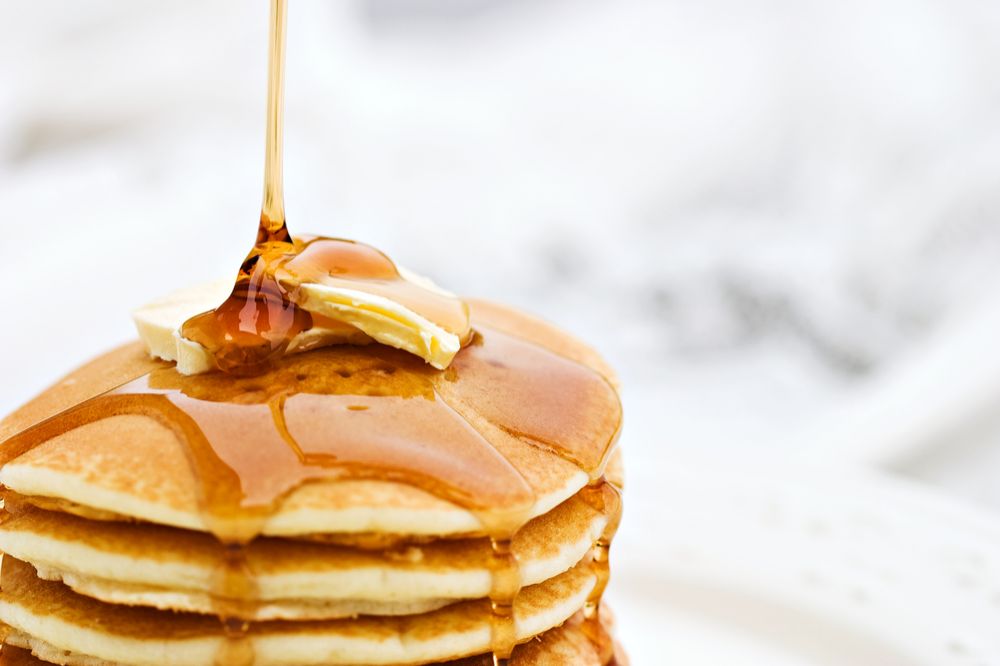
Syrups
Agave syrup (High FODMAP)
Agave nectar (also called agave syrup) is a sweetener commercially produced from several species of agave, including Agave tequilana (blue agave) and Agave salmiana (10). Agave nectar is sweeter than honey and tends to be thinner and flows more freely. Agave plants are found in the American southwest, Mexico, central and tropical South America, some parts of India, and the Mediterranean (10). Agave nectar consists primarily of fructose and sources state that the syrup contains up to 90% frutose (10 11).
Agave syrup is incredibly high in excess fructose and according to Monash University it is high FODMAP in serving sizes larger than 1 teaspoon (2).
Cane Syrup (Untested but considered Low FODMAP)
Cane Syrup is produced from sugar cane and consists of sucrose (Myers, 2015). Cane syrup is slightly less refined than cane sugar and is left in liquid form instead of dried and powdered (Myers, 2015). Nutritionally, there is little difference between cane syrup and cane sugar (Myers, 2015). This means cane syrup should be low FODMAP, but you may need to test your own tolerance levels.
Corn Syrup (Untested but considered Low FODMAP)
Corn syrup is not the same as High Fructose Corn Syrup. Corn syrup is considered low FODMAP because it consists mainly of glucose and it is often called glucose syrup or dextrose (14 16).
Glucose Syrup (Low FODMAP)
Glucose syrup is low FODMAP and is considered one of the most suitable sweeteners we can use. These syrups consist almost entirely of glucose. It is made by from hydrolyzing glucose molecules from the strings of glucose that make up starchy foods (13). Corn syrup is made by hydrolyzing cornstarch into glucose, and it can also be referred to as glucose syrup (13).
Golden Syrup (High FODMAP)
Golden syrup can be consumed in small amounts on the low FODMAP diet. According to Monash University and FODMAP Friendly 1 teaspoon is a low FODMAP serve and it becomes high FODMAP for fructans at a 1 tablespoon serve. Golden syrup is a light golden-coloured treacle produced by the evaporation of cane sugar juice, used to sweeten and flavour cakes and puddings (15). Golden syrup consists of 50% glucose and 50% fructose (17), however, fructans seem to be produced during the manufacturing processes. These fructans can cause issues for some people. During the elimination phase make sure you only consume the recommended portion size of 1 teaspoon.
High Fructose Corn Syrup (High FODMAP)
High fructose corn syrup (HFCS) is cheap to make, which is why food manufacturers use it extensively in processed food to help give it flavour. HFCS is fructose-enriched syrup that has been blended with dextrose syrups (8). After blending, commercial fructose corn syrups contain 42% to 95% fructose by weight (8). Labelling laws require food manufacturers to declare HFCS but not the quantity of fructose used.
High fructose corn syrup can also be called fructose-glucose syrup and isoglucose (20 21). Additionally, in Canada, it can be called glucose-fructose syrup (22 23).
This means while you are in the elimination phase of the diet you will need to avoid all high fructose corn syrups.
Honey (High FODMAP)
Honey consists of a mixture of sugars collected by bees from plant nectar (8). The FODMAP content of honey is likely to vary based on the type of plant nectar the bees are collecting.
Small 1 teaspoon serves of honey or ½ teaspoon serves of clover honey are often well tolerated, however both types of honey become high FODMAP at 1 tablespoon serves. During the first phase of the low FODMAP diet, it is generally recommended that you avoid honey.
Invert sugar (Low FODMAP)
Invert sugar is made by splitting sucrose into glucose and fructose molecules using hydrolysis (19 24). Invert sugar appears to have an equal glucose to fructose ratio (19 24). Invert sugar has been tested by FODMAP Friendly and it is low FODMAP in 10g serves.
Molasses (High FODMAP)
Molasses is a dark sweet syrup made from boiling sugar beets and extracting the juice (25). According to Monash University and FODMAP Friendly molasses is high FODMAP. However, small serves of 7g to 10g (about 1 teaspoon) contain moderate to low amounts of FODMAPs, so you may find you tolerate products that list molasses towards the end of the ingredient list.
Pure Maple Syrup (Low FODMAP)
Maple Syrup is made from the sap of sugar maple trees, which is boiled down to a thick syrup (8). According to the US Sugar Association, maple syrup consists of 33% water and 60% sucrose, as well as a mixture of glucose, other sugars and minute traces of naturally present acids, minerals and some B-vitamins (8 18). According to Monash University research, two tablespoons of maple syrup is considered low FODMAP (2). When buying maple syrup, make sure you buy real maple syrup and NOT maple flavoured syrup, which contains a different mix of sugars. Maple syrup makes a good a honey substitute.
Rice Malt Syrup (Low FODMAP)
Rice malt syrup is a sweetener derived from fermenting brown rice with enzymes to disintegrate the starch (26). Next the fermented liquid is cooked and strained until it becomes a syrup. Either fungal enzymes or barley enzymes can be used to ferment the rice (26). If barley enzymes are used then the syrup will not be gluten free (26). This is not a problem on the low FODMAP diet but could be a problem if you suffer from coeliac disease. Rice malt syrup contains about 30 percent soluble complex carbohydrates, 45 percent maltose (grain malt sugar), 3-4 percent glucose, and 20 percent water (27). This means the syrup is fructose free (28) and suitable for the low FODMAP diet. According to Monash University, one tablespoon of rice malt syrup is considered low FODMAP (2).
Yacon Syrup (Untested, Suspected high FODMAP)
Yacon syrup is manufactured from the tubular roots of the yacon plants. These roots are an excellent source of fructo-oligosaccharides (FOS) and inulin, which are high FODMAP carbohydrates (31). The carbohydrate content of the roots consists of 34-55% FOS, 5-15% fructose, 10-15% glucose, and 10-13% sucrose (31). This indicates that yacon syrup could be high FODMAP.
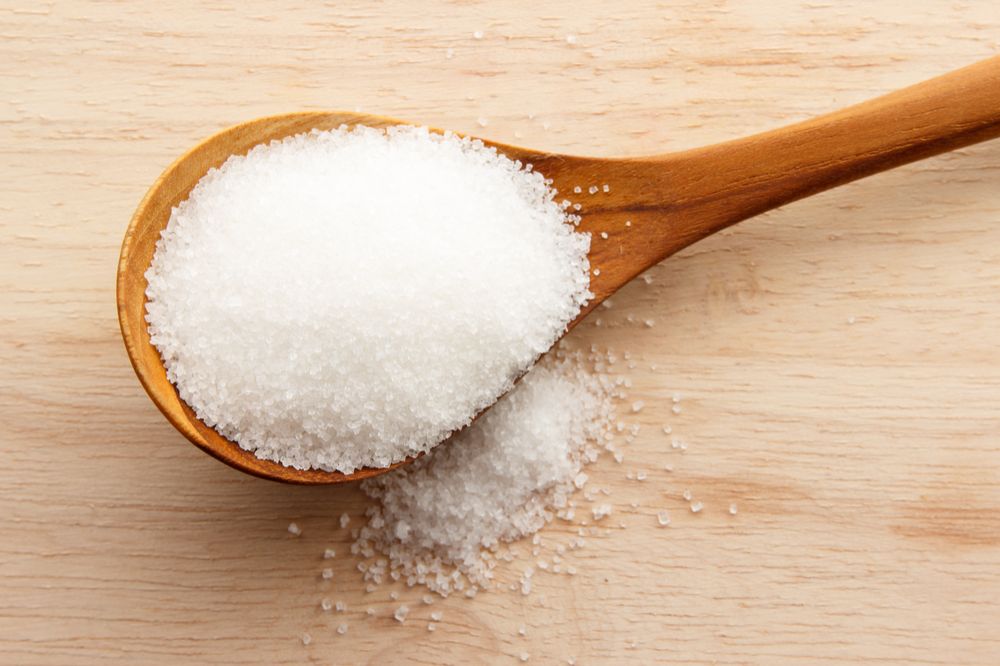
Sweeteners
There are a variety of low FODMAP sweeteners that can be used on the low FODMAP diet. This section will discuss the FODMAP rating, but not the safety or health concerns surrounding each sweetener. If you have questions or are concerned please contact your health care professional.
Aspartame (Untested)
Aspartame is known by the brand names of Equal, NutraSweet and Sugar Twin (29). It is 200 times sweeter than sucrose and has no nasty after taste (29). This sweetener is FDA approved and is composed of two naturally occurring amino acids (the building blocks of protein) – phenylalanine and aspartate (29). Because aspartame is made from amino acids not carbohydrates, it is unlikely to be high FODMAP.
Polyols (mostly high FODMAP)
Mannitol, sorbitol, xylitol, maltitol, and isomalt are all high FODMAP sugar alcohols and need to be avoided while in the elimination phase of low FODMAP diet. Erythritol is well absorbed in our small intestines compared to other polyols and therefore less likely to trigger gastrointestinal symptoms. However, erythritol is currently untested for FODMAPs. This means you may want to limit your intake during the first phase of the low FODMAP diet and then test your tolerance levels to the ingredient.
Saccharin (Untested considered Low FODMAP)
Surprisingly saccharin is manufactured from coal tar and it is approximately 200-700 times sweeter than sucrose (29). If used in high enough concentrations saccharin has a bitter aftertaste (29). It is sold under the brands Sweet ‘N Low, Sweet Twin and Necta Sweet. In some cases, saccharin can cause an allergic reaction resulting in symptoms such as headaches, skin problems, diarrhoea, and breathing difficulties (29). Saccharin is currently considered a low FODMAP sweetener.
Are you ready to take control of your gut symptoms?
No thanks, my gut is perfect.
Article continues below
Stevia (Low FODMAP)
Stevia is a zero calorie sweetener that is extracted from the leaves of Stevia Rebaudiana plants (29). The sweetness in stevia leaves comes from the chemical compound Rebaudioside A (Reb A). Reb A is more than 200 times sweeter than sugar (29). Avoid stevia blends that contain inulin. The low FODMAP serve for stevia is 2 teaspoons.
Sucralose (Untested)
Sucralose is a calorie free sweetener that is up to 600 times sweeter than sugar (29). It is derived from sucrose and does not have a bitter aftertaste (29). Sucralose is untested and not listed as high FODMAP at this stage, however there is evidence to suggest that sucralose could have a negative impact on gut bacteria (30). We suggest discussing the use of sucralose with your health care provider or dietitian.
Final Thoughts
The low FODMAP diet is definitely not a sugar free diet and you can indulge in an occasional treat. Just make sure you choose from a low FODMAP sugar, syrup or sweetener.
More Tools to Help
We know that taming your gut symptoms can be challenging but we’re here to help! We can support you through your journey from starting the low FODMAP diet to reintroducing FODMAPs and finding your food freedom in our FODMAP Made Easy programme.
Explore our 1000+ delicious low FODMAP recipes, plan your meals with our weekly meal plans, track your symptoms, and get extensive help for all the stages of the low FODMAP diet through our e-courses. All our resources are dietitian reviewed. So what are you waiting for? Come and join us in the FODMAP Made Easy programme!
Image Credit: Julia Manga/Shutterstock.com
Sugar cubes on spoon: qoppi/Shutterstock.com
Pancakes with syrup: Stephanie Frey/Shutterstock.com
Sugar granules in spoon: suriya yapin/Shutterstock.com
